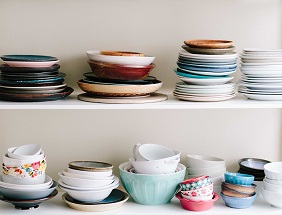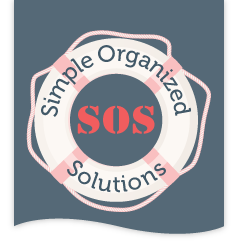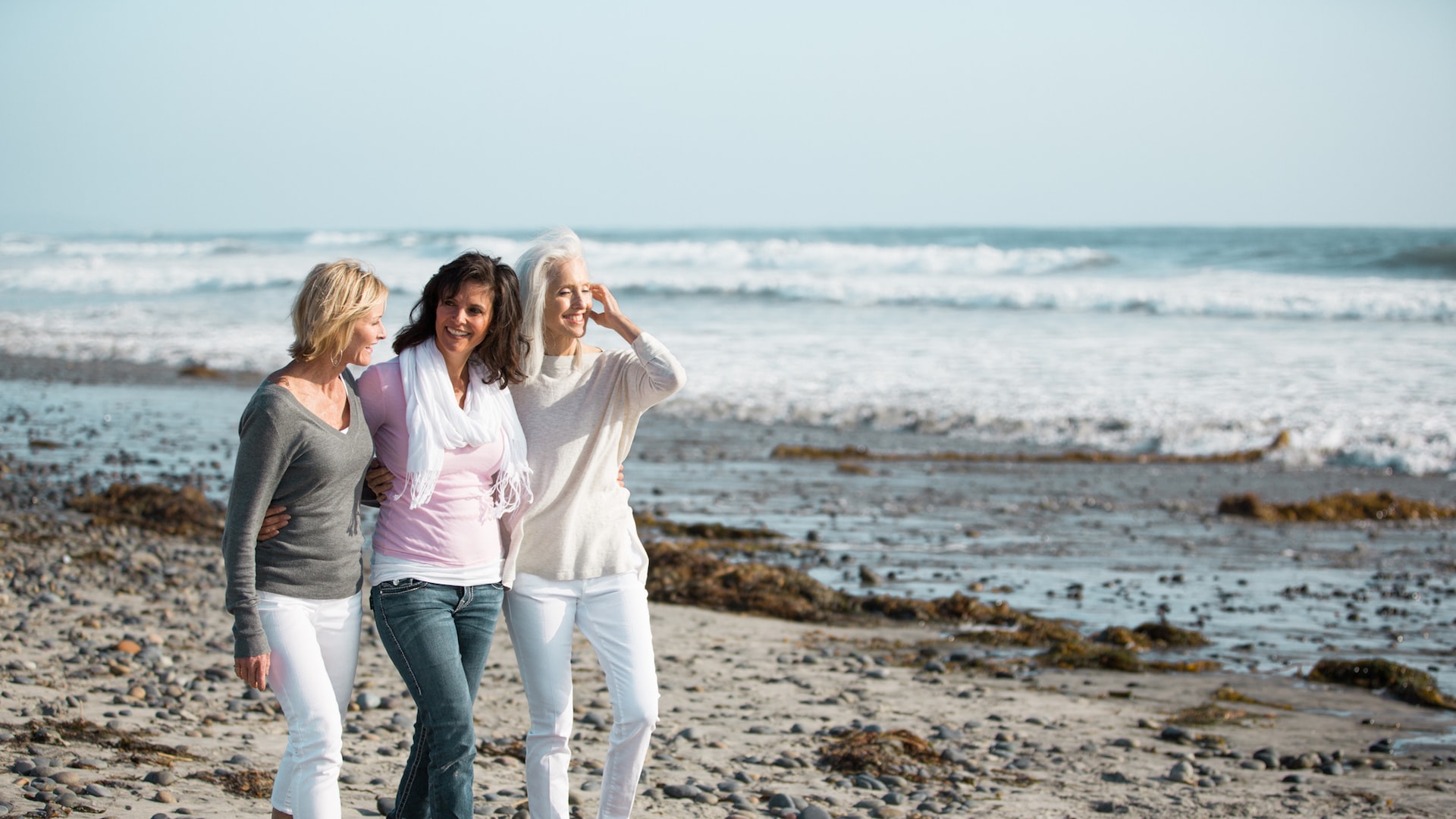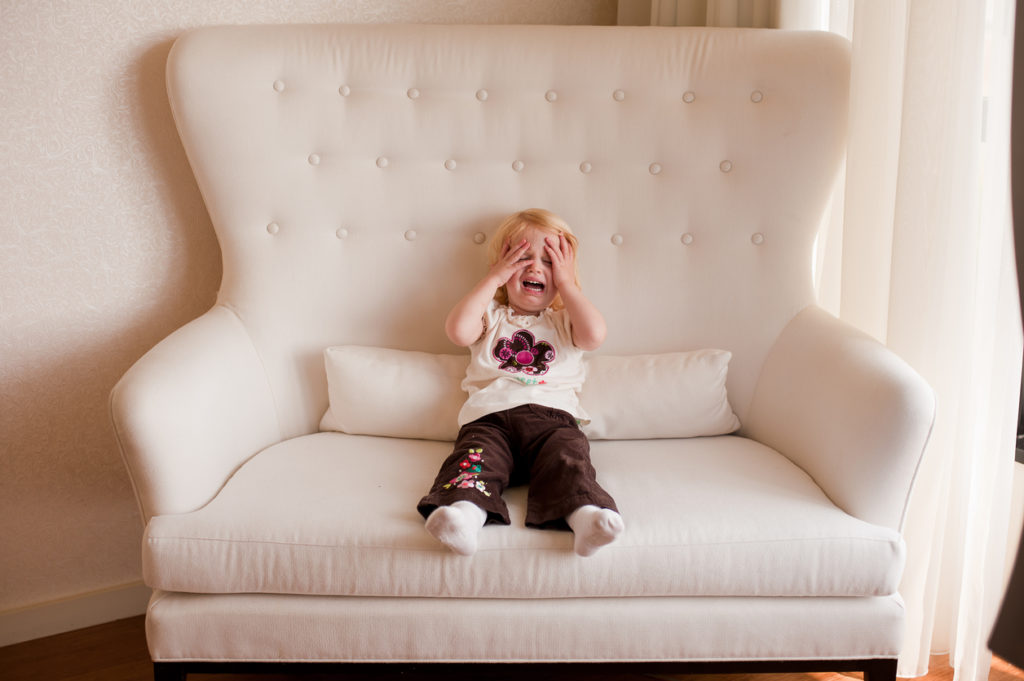 Swedish Death Cleaning, what is it? I’ve been hearing a lot about this lately and did some investigating, this is what I learned.
Swedish Death Cleaning, what is it? I’ve been hearing a lot about this lately and did some investigating, this is what I learned.
A woman named Margareta Magnusson wrote a book called, The Gentle Art of Swedish Death Cleaning: How to Free Yourself and Your Family From a Lifetime of Clutter. She wrote this book after she had to deal with the possessions of her parents and her husband after they passed away.
The Swedish culture has a practice called döstädning – dö translates to death & städning translates to cleaning. The idea is not so much about cleaning as it is to declutter or downsize the amount of your possessions before you pass away. Margareta takes a lighthearted approach to this practice which makes the subject of death more digestible and less morbid.
This concept helps those that you leave behind have fewer things to find new homes for, or to discard. The less they have to deal with makes it easier on them. Anyone that has ever had to clear out a loved one’s home after they pass, understands how emotional and overwhelming this task can be. It can also be enlightening as well as emotional. We can learn more things about the person than we knew when they were alive. No one can possibly tell another one everything that occurred in their lifetime.
Swedish Death Cleaning appears to be the newest decluttering trend. It’s not a new concept in the organizing industry. In fact, it’s actually a basic organizing principal; discard what you no longer use or love to reduce the amount of your belongings, pretty simple, right?
Swedish Death Cleaning relates to downsizing for older adults. I believe Margareta suggests that you should begin this process when you reach the age of 65, or somewhere around that age. My recommendation is to begin this process in your fifties.
Most older American adults don’t begin downsizing until their situation dictates the need. They may need, or want to move to a smaller home to eliminate the maintenance of a large house. Declining health may indicate the need for help with activities of daily living.
A proactive approach such as the Swedish Death Cleaning concept, makes more sense. As we age, our physical and sometimes mental capabilities diminish. We are the stewards of our possessions, and it is up to us to decide where our things go when we are done with them. Don’t leave the bulk of those decisions to your benefactors. The time has come to make the decisions on where your prized possessions will go when you are no longer here to enjoy them.
Take on this task slowly and methodically. The idea is to reduce the number of your things to a manageable amount. You don’t need to discard everything you own or currently use, just the excess. Reducing the amount of your belongings is a liberating feeling and keeps your stress under control as you eliminate clutter.
Talk to loved ones to see if they would like any of your things. Then make a list of items that you would like to go to specific people to make it easier to distribute your treasures after you pass away. It may sound a little morbid, but those that you leave behind will appreciate your thoughtfulness during this difficult time.


